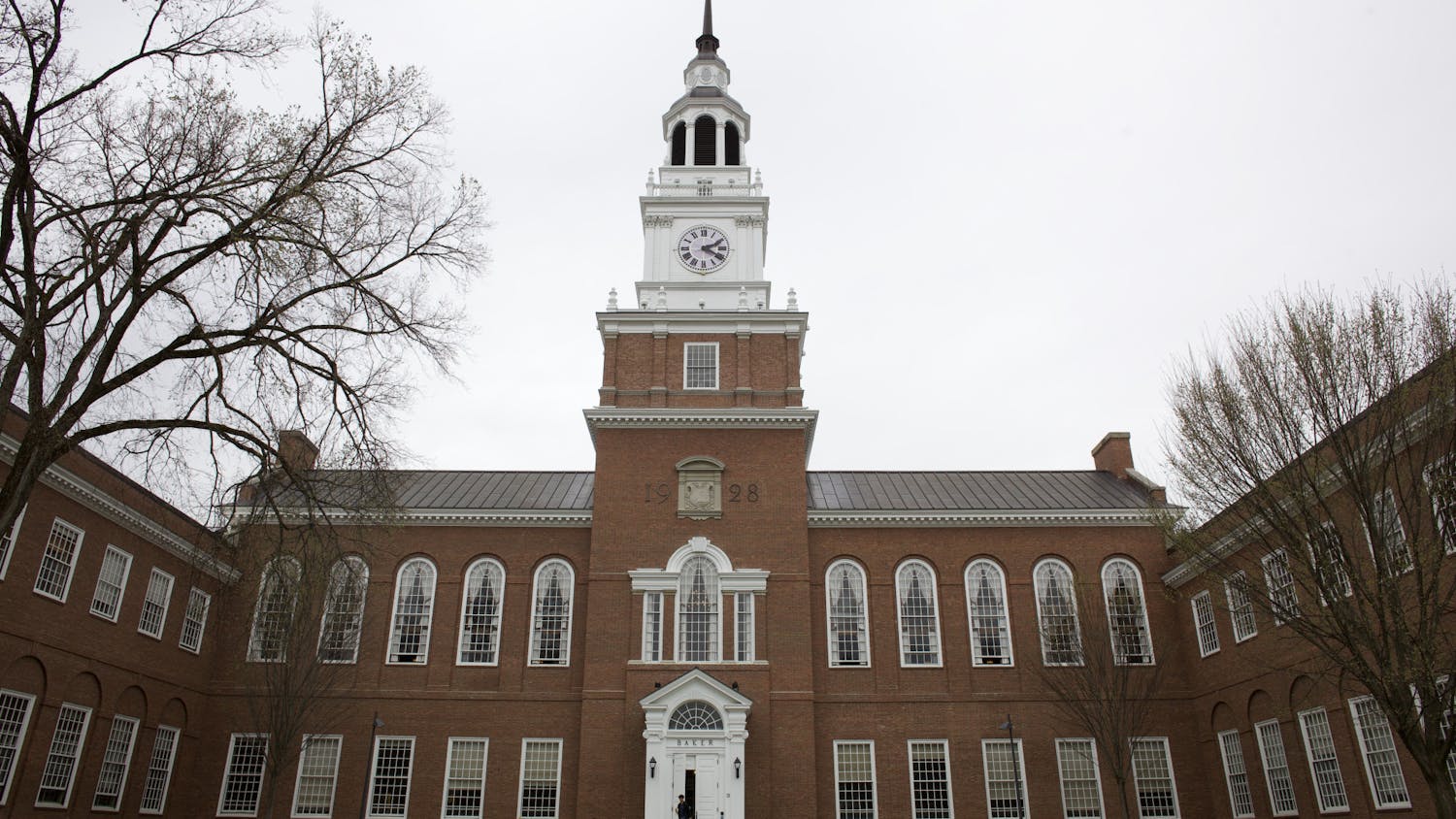The College's Office of Environmental Health and Safety closed Zeta Beta Chi sorority's house on north College Street at the beginning of summer when a resident's family member found a small amount of mercury there.
In addition, the Office of Environmental Health and Safety recommended all residents of the last academic year have blood and urine tests for mercury contamination.
The College's Director of Environmental Health and Safety Michael Blayney said this recommendation was simply a precaution, because only a small amount of mercury was found in the house, which was a chapter of Delta Gamma national sorority until July 1997.
ORL placed ZBX members in housing on West Wheelock St. for Fall term, and the sorority is holding its rush events in Blunt Alumni Center and Chi Heorot fraternity's house.
While moving boxes earlier this year, a relative of one of the residents identified a few drops of mercury on shelves and notified the Office of Residential Life, who in turn contacted the Office of Environmental Health and Safety, Blayney said.
Upon investigating the basement shelves, ORL discovered two to three milliliters of organic, elemental mercury, the kind found in thermometers, according to Blayney.
Significant exposure to mercury over an extended period of time can cause damage to the central nervous system, Blayney said.
Environmental Health and Safety restricted access to the house the day after the discovery, and conducted tests to identify and evaluate the extent of the problem before any work was done, Blayney said.
Though the amount of mercury appeared to be miniscule, its existence raised questions about its origin and the extent to which the ZBX residents were exposed, according to Blayney.
Rebecca Josephson '99, president of ZBX, said the number of residents at the house varied from 17 to 19 over the past academic year.
Environmental Health Services enlisted the help of an independent industrial hygiene company and a hazardous waste service to conduct measurements and evaluate the level of mercury in the house.
The tests showed comparatively low amounts of mercury in the living quarters than in the basement -- a sign that the problem is not widespread, Blayney said. "There was no evidence of gross contamination."
Blayney said he learned that between the years 1948 and 1960, the house was used for medical research which employed mercury-containing devices. His best hypothesis, he said, is that mercury has been in the floor since that time and only now seeped through to the next floor.
"You can never know for sure," he said. "You can't show a direct link."
The house has undergone frequent renovations since the 1960s, but this is the first discovery of mercury there.
After taking samples in the house, the former ORL and the N.H. State Health Department notified residents and their parents. Blayney said they then devised a work plan over the summer to isolate and clean each room thoroughly.
Though a second round of tests proved the cleaning procedure had been successful, low but detectable levels were found when the house was reheated to liberate any residual mercury in the porous wooden structure of the house, Blayney said. This called for additional work.
All the rooms, surfaces and belongings in them were thoroughly cleaned again, he explained. After the reheating process the floors were sealed with concrete pads to create what Blayney termed a "concrete vapor barrier."
The organizations involved are currently conducting tests and discussing further procedure.
"Now we're at a point where we want to sit down and look at the data," Blayney said. "We're going to keep working on it."
Blayney, ORL staff members and Assistant Director of Residential Operations Bernard Haskell met with former residents of the house last week to give them the opportunity to see the house and to talk about the problem.
"It's one thing to talk about it, but another thing to see it," Blayney said.
Josephson called ORL "very generous" in providing housing and locations for the sorority to hold rush.
She said that while her first concern was for the rush process, she is not worried that the mercury findings will aversely affect the sorority's pledge class.
ZBX will be holding its rush parties in the Blunt Alumni Center and in Chi Heorot fraternity.
She also said that although she will get tested, she is not concerned about having lived in the house.
The house will remain closed until mercury can no longer be detected on the premises. Cleaning will continue in the meantime, and Blayney said he is unsure of how long the procedure will last.
Mandy Borges '99 lived at the ZBX house last year as an unaffiliated boarder. Borges said she received a letter from ORL telling her about the situation. She said she has not been tested for mercury contamination yet, but probably will be within the next few days.
Abby Bickley '00 was supposed to live at the ZBX house this year as an unaffiliated boarder, but ORL provided her with housing in the College-owned apartments on West Wheelock Street instead.
ZBX was a local chapter of Delta Gamma national sorority until 1997 when it reorganized as a local sorority.



